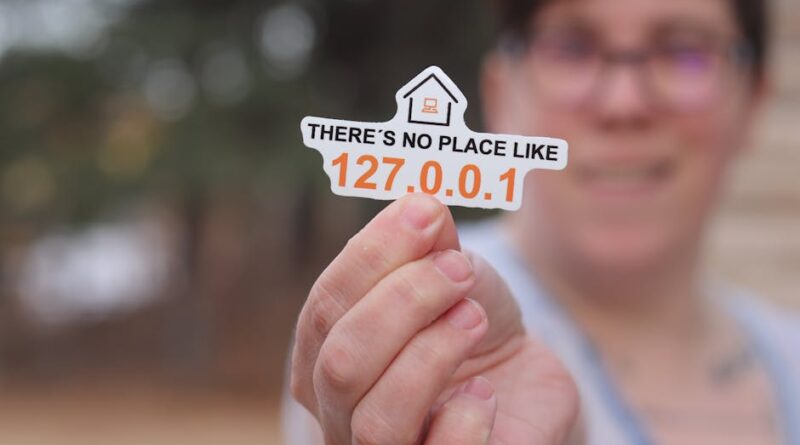How to Address Digital Misinformation
Have you ever come across a shocking news headline on social media, only to find out later that it was completely false? In today’s digital age, misinformation spreads like wildfire, causing confusion and harm. But fear not, we’re here to guide you on how to tackle this issue head-on.
Understanding the Problem

Before diving into solutions, let’s first grasp the root of the problem. Digital misinformation refers to false or misleading information spread through online platforms. This can range from fake news articles to manipulated images or videos. The rapid sharing of such content can deceive and misinform millions of people within seconds.
Imagine seeing a post claiming that drinking bleach cures COVID-19. People who believe this misinformation might put their lives at risk by following dangerous advice.
Identifying Misinformation

So, how can you spot digital misinformation? Here are a few key indicators:
- Unverified Sources: If the information comes from an unknown or unreliable source, it’s likely false.
- Sensational Claims: Headlines that seem too shocking or outrageous are often clickbait.
- Manipulated Media: Photos or videos that are doctored or taken out of context can mislead viewers.
For example, a photo of a crowded beach labeled as a recent event could actually be from years ago, giving a false impression of the current situation.
How to Address Digital Misinformation

Educate Yourself
The first step in combating misinformation is to educate yourself on how to verify information. Fact-checking websites like Snopes or Politifact can help you verify the authenticity of a news story before sharing it.
Think Before You Share
Before hitting the ‘share’ button on social media, take a moment to evaluate the content. Ask yourself if the information is coming from a reliable source and if it seems too sensational to be true.
Verify with Multiple Sources
Don’t rely on one source for information. Cross-check facts with multiple reputable sources to ensure accuracy. If a story seems too outrageous, it’s likely too good to be true.
Report Misinformation
Most social media platforms have tools to report fake news or misinformation. By reporting such content, you help prevent its spread and protect others from falling for the deception.
The Impact of Misinformation

It’s crucial to understand the real-world consequences of digital misinformation. False information can incite panic, damage reputations, and even influence political outcomes. During the COVID-19 pandemic, misinformation about the virus led to harmful behaviors and mistrust in public health measures.
Practical Tips to Combat Misinformation
Now that you know how to identify and address digital misinformation, here are some practical tips to help you navigate the online world:
- Follow credible news sources
- Check the date of an article before sharing
- Avoid sharing information you haven’t verified
- Engage critically with online content
By following these simple steps, you can help stop the spread of misinformation and contribute to a more informed online community.
Conclusion
In a world saturated with digital information, it’s more important than ever to be vigilant about the content we consume and share. By educating ourselves, thinking critically, and verifying sources, we can combat the spread of misinformation and create a more trustworthy online environment for all.
Remember, you have the power to make a difference in the fight against digital misinformation. Stay informed, stay critical, and together, we can tackle this issue one post at a time.




